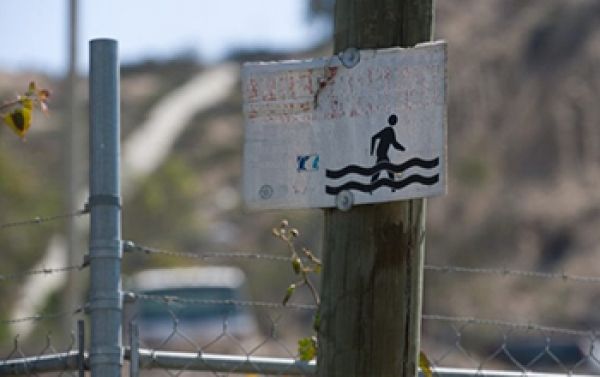Community collaboration and high-resolution maps are keys to effective flood risk management, according to civil engineers and social scientists at the University of California, Irvine and other institutions.
"The impacts of flooding continue to escalate in the U.S. and around the world, and the main culprit is urban growth in harm's way, with communities underprepared to deal with extreme events that are getting more intense in a warming climate," said lead author Brett Sanders of UCI. "Our approach rests on making modern flood simulation technologies accessible and useful to everyone in at-risk communities."
In a study published in the American Geophysical Union journal Earth's Future, the researchers report on a successful new process called "collaborative flood modeling" for addressing the increasing threat of rising waters brought on by climate change, aging infrastructure and rapid urban development.
Collaborative flood modeling combines the experiences and concerns of residents, landowners, government officials and business leaders with the knowledge and technological capabilities of academic researchers to foster a shared understanding of flood risk.
Continue reading at National Science Foundation
Image via National Science Foundation


